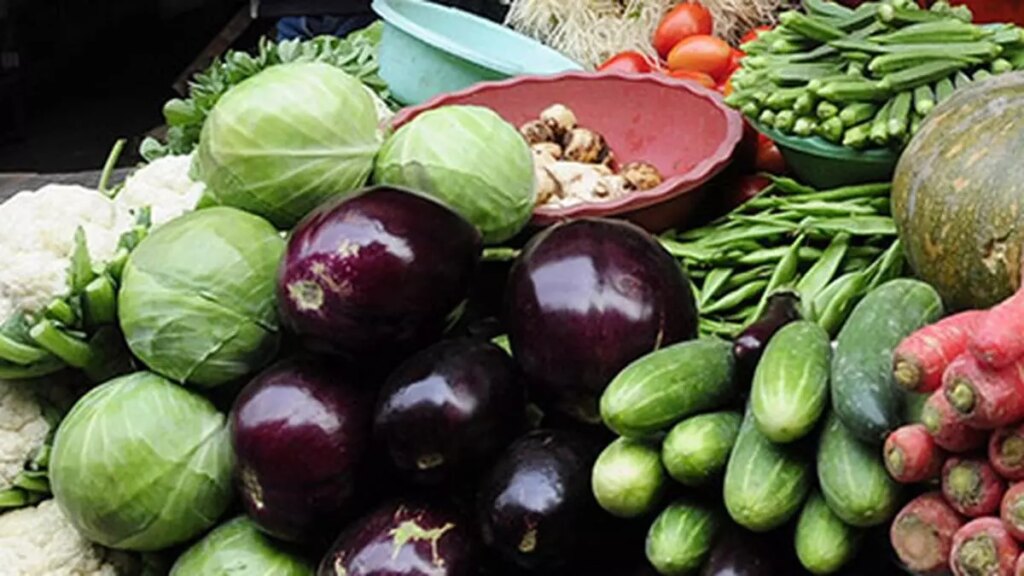October retail inflation print raises concerns

The retail inflation print for October has made observers sit up. At 6.2 per cent, headline inflation exceeds the Reserve Bank’s acceptable level of 4-6 per cent. The latest numbers are in line with a trend since July 2023, of sharp food inflation (this time at 10.9 per cent) driving overall inflation (with core inflation at 3.7 per cent in October). Food inflation is arguably more endemic than seasonal — with an RBI paper by Michael Debabrata Patra et al (August Bulletin) suggesting the same after examining trends over about eight years.
Analysts expect food inflation to soften in the remaining months of this fiscal, typically with the onset of winter and comfortable water availability. While this optimism is not without basis, it is important for the government to get a grip on the diverse drivers of stubborn food inflation and take steps to ease supply side bottlenecks. The RBI is obliged to take a serious view of food inflation as it accounts for a weight of 46 per cent in the consumer price index — but the fact is that monetary policy is not a significant lever to control food prices. During October, the price rise in all categories of food produce was elevated, with vegetables leading the pack at 42 per cent, followed by oils and fat (9.5 per cent), fruits (8.4 per cent), pulses (7.4 per cent) and cereals (6.9 per cent). Vegetables inflation over the last year has been 26 per cent — an average of monthly readings since November 2023. These sustained increases, exacerbated by weather extremes linked to climate change, are generally led by tomato, onion and potato (TOP).
Surprisingly, cereals inflation has been at 7 per cent or above for all months since July 2022, and in double digits right from August 2022 to December 2023. Pulses inflation has been in double digits for about 15 consecutive months till September 2024. The rise in edible oil prices has perhaps been on account of the recent increase in import duties as well as the impact of a weaker rupee, given that India imports over half of its requirements. In the case of pulses, output has lagged over the last four years, even as the population has shifted away from cereals towards pulses and other foods in its diet. Knee-jerk import levies do impact prices and price expectations. Sustained cereals inflation is not so readily explained, given output and inventory levels. Here, speculation over crop output seems to play a role. Be that as it may, the weather impact includes not just crop damage but disruption of market supplies.
In order to reduce volatility in TOP prices, its processing into dry, value added forms could reduce wastage. This would also mean promoting the use of tomatoes and onions that are so processed. Supply chain efficiencies are a must to offset price increase due to rising input costs and the inevitable increases in support prices. Food inflation calls for a long-term response from government. Monetary policy can at best work to curtail excessive inventories.








